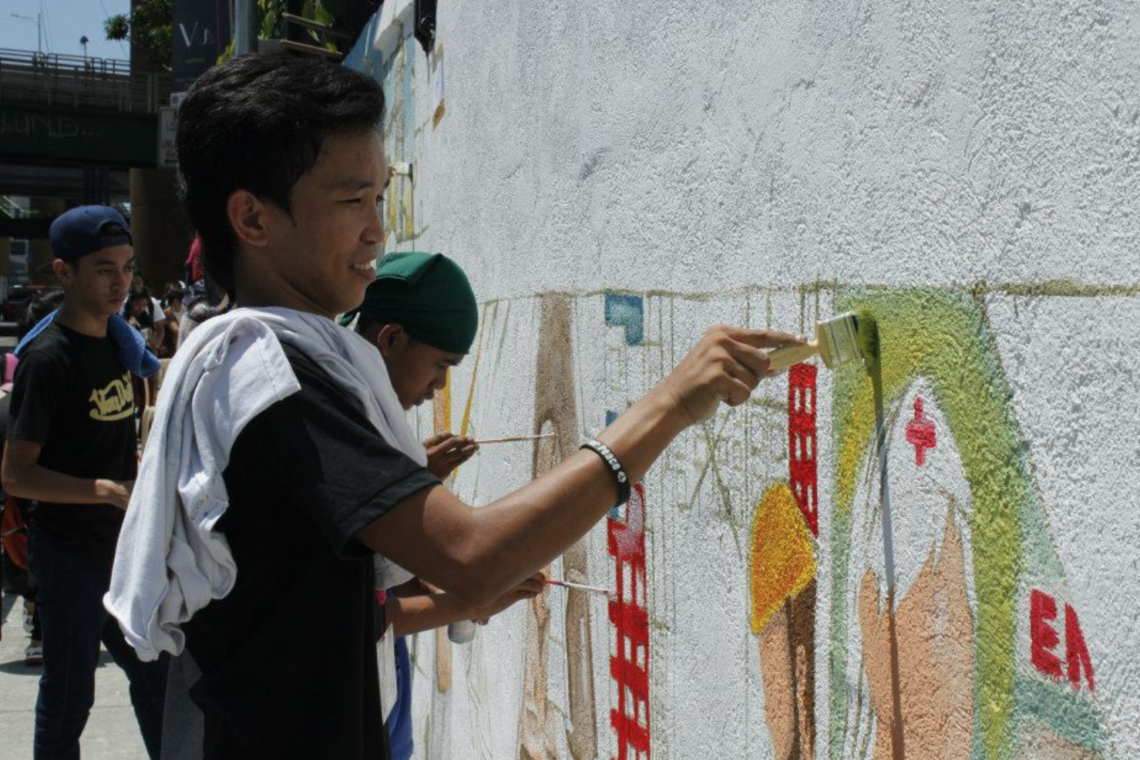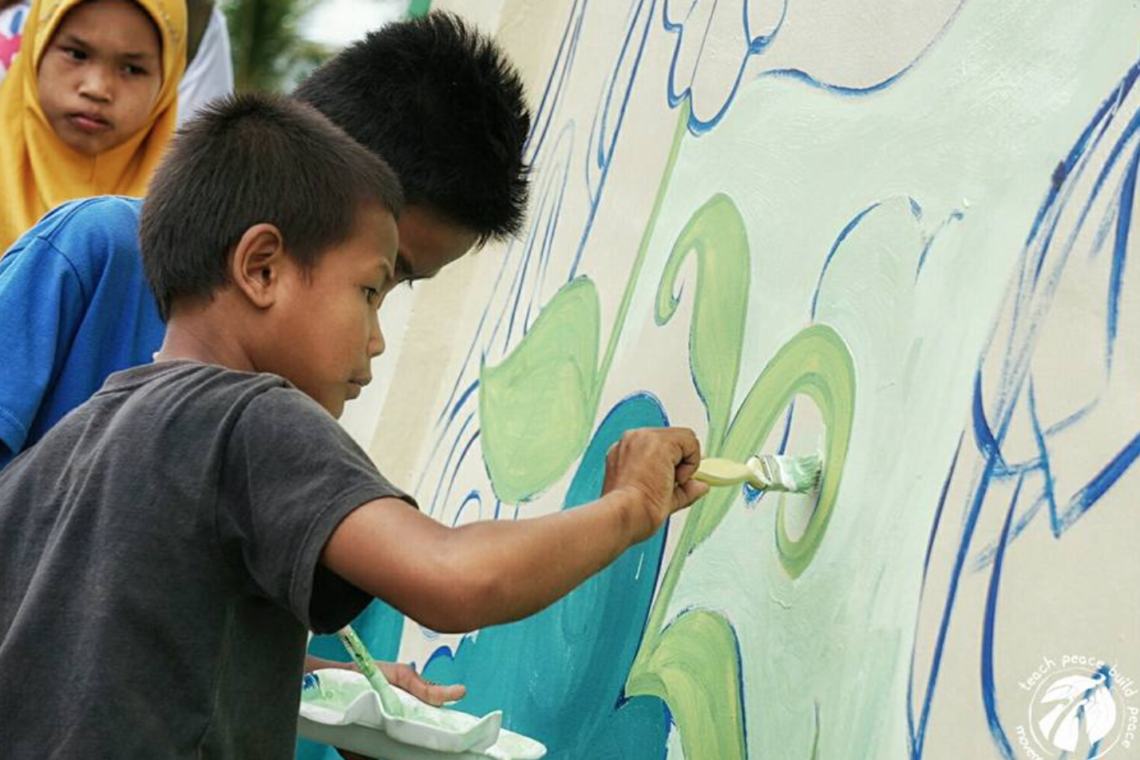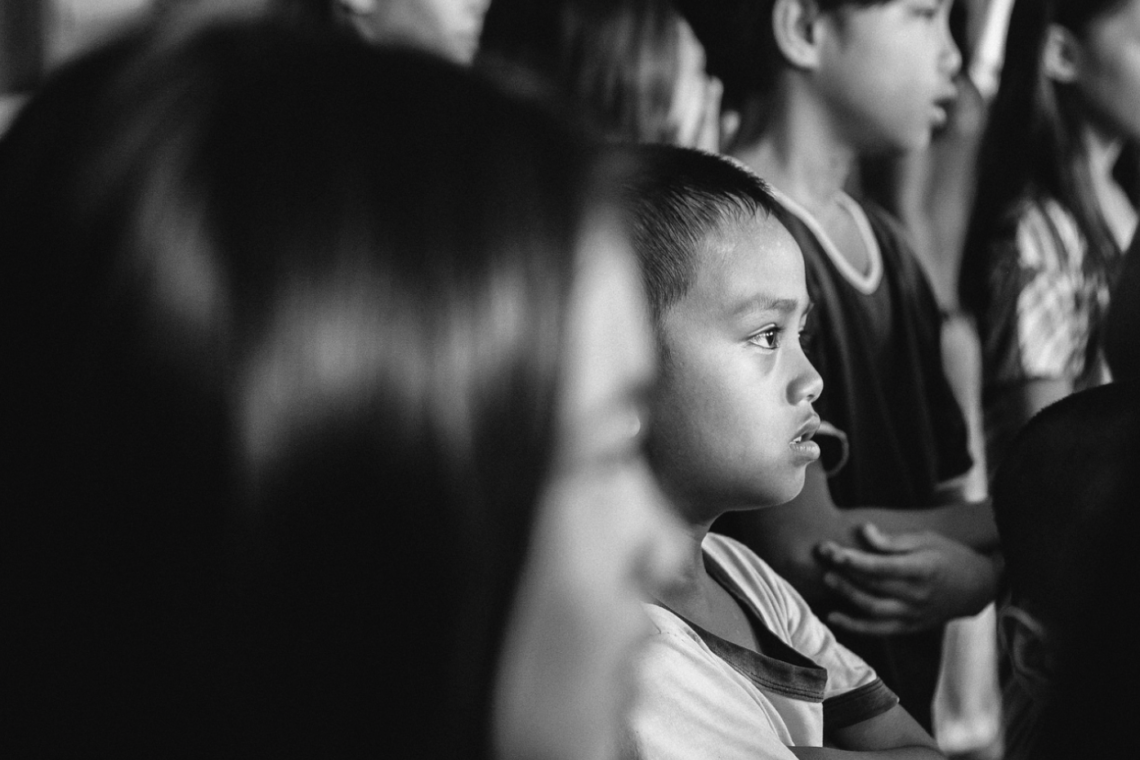Service comes in different forms. Some in forms we do not expect, while some we think we are not yet ready to undertake. In most cases, and in the best of cases, we unknowingly take the first step.
OF STARTING POINTS AND BEGINNINGS
To purposely engage and connect with different communities, TPBPM conducts peace missions with its volunteers. Peace missions help volunteers have an in-depth and firsthand understanding of the organization’s initiatives and partner communities.
Louise recounts his first memory of a peace mission. It was in May 2016 during a Summer Peace Mission in Porac, Pampanga. While sharing his artistic skills, Louise interacted with an Aeta community and taught kids in the uphill village of Barangay Sapang Uwak for four days. He showed the kids how to draw as part of the organization’s SketchPad Project Workshop. Louise got to know them better and eventually formed a closer bond with the community.
 In an interview with Louise, he described what he felt during his first peace mission: “There was a lot of fumbling and uncertainty at first but, I have grown to love [kids] because teaching them has been an ecstatic experience. We would go to different places to teach and the kids were really excited for us to return.”
In an interview with Louise, he described what he felt during his first peace mission: “There was a lot of fumbling and uncertainty at first but, I have grown to love [kids] because teaching them has been an ecstatic experience. We would go to different places to teach and the kids were really excited for us to return.”
“I thought I was a boring teacher but, I saw the kids were really eager to learn. I was so conscious but they were really happy and energetic so I had to match their energy. Through their drawings, I learned their narratives which made me love them more.”
“At first, I thought painting murals was my only contribution to TPBPM which at first, I felt was not enough. I really thought that I would only be exposed to painting since I was not yet immersed with the other activities of the organization.”

When asked what surprised him about working with TPBPM, Louise shared, “TPBPM helped me discover myself more. I realized I wasn’t only set to make murals or to become a lead artist but, I can also facilitate. You could feel TPBPM’s trust even though you are new.”
He added, “It was really surprising to know that I was able to do things that I haven’t done before like facilitating or speaking in front of people.”
THE PEACEBUILDER LIFE: WORKING WITH TPBPM
TPBPM works with different organizations and sectors to promote peace and impart values and knowledge on how to be effective peacebuilders. After Louise’s peace mission with the indigenous peoples of Porac, Pampanga, he also engaged with soldiers of the CMO School during their Peace Journey. Peace Journey Sessions is a program where peace heroes from different sectors, ages and faiths embark on a journey of self-discovery, reflection and learning more about other religions, cultures and stories. Activities include fun games and reflective sessions that emphasize the importance of building a Culture of peace with oneself and with others. Each module is tailor-fitted according to the needs of the participants. 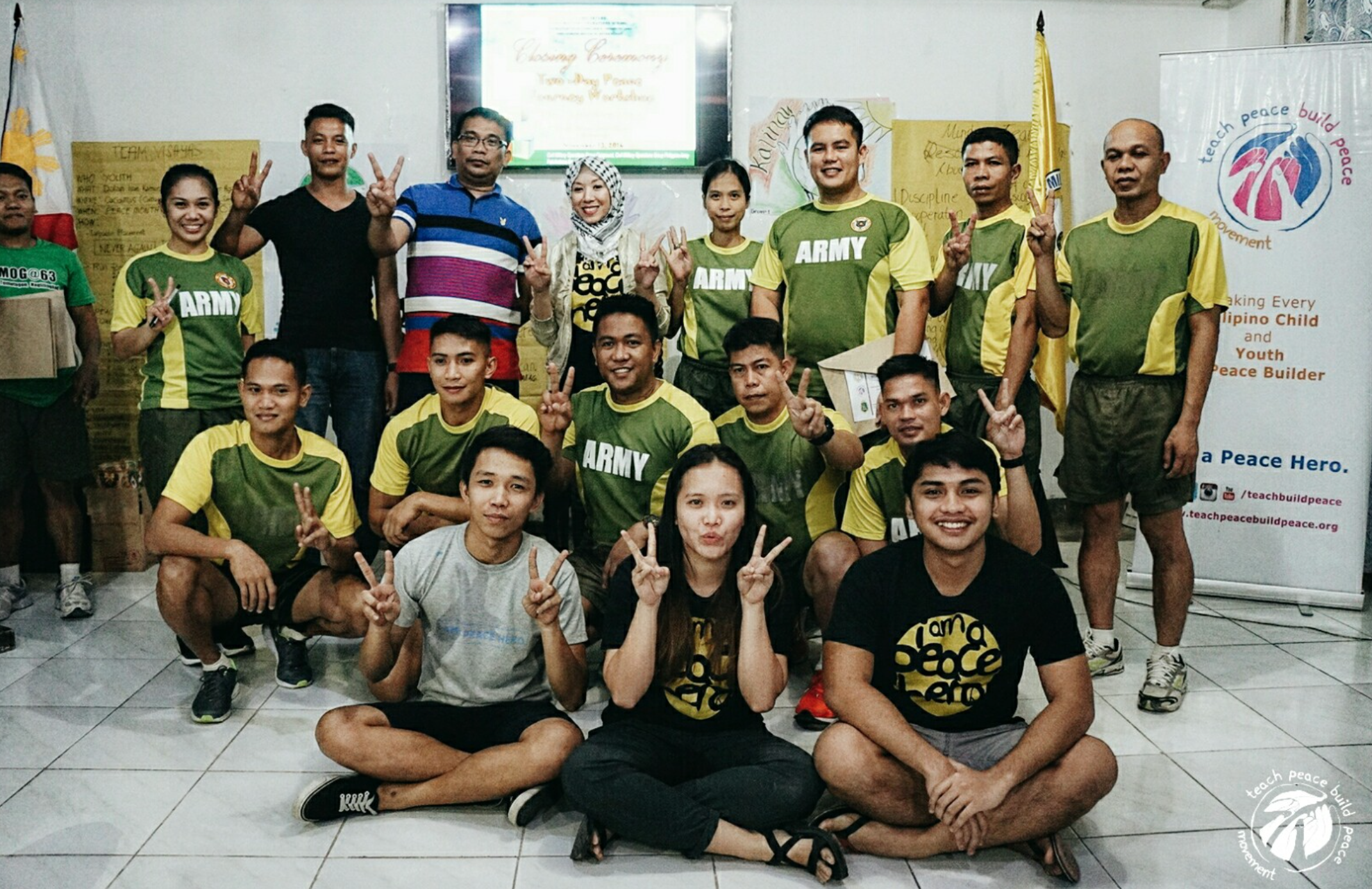
Recounting his experience of facilitating the CMO School’s Peace Journey, Louise shared, “Kat encouraged me to go to the Peace Journey in CMO. She trusted my capacity to facilitate. After I facilitated, I became more interested in volunteering and in joining Peace Journey sessions and peace missions.”
“When I work with Kat, I learn how to really articulate and explain what we teach about peace. I was able to relate love to soldiers; that their heart is in serving the nation.”
“Before, I knew soldiers as really tough people but I also realized that these soldiers are really serious and committed in the things they do. At that point, I also asked myself if I was serious in what I was doing, that I also need to be serious in what I say and in how I act.”
ON THE CHALLENGES OF ADVOCATING FOR PEACE AND PEACE EDUCATION
As with every initiative, there will always be challenges. Louise recognizes the challenges but still keeps an open mind and believes that people should be more aware in order to do more.
“Encouraging others is a challenge because it’s a process. There are some people who seem really great at first and are committed but, then they leave. People have different levels of commitment especially when what they know is limited.”
Louise also shared one of the challenges in peace missions: “When the people have already gotten closer to you, it’s sad to leave students and community members after the peace mission. It’s difficult to leave. We want to come back and see them. It’s sad to think that when you return, there is a possibility that they might not remember your name.”
In volunteering, Louise was asked what his friends and family said when they found out about his involvement with TPBPM. Louise recounted their reaction: “Talaga? They would tell me that I don’t look like I teach peace education. I tell them about Marawi. They would ask about the place. I also tell them about giving food to street children in Cubao. When you give, you’d think that you’re losing something but the truth is the giver also takes something with him. It’s happier to give. There is so much joy regardless of the gift’s value. I realized that this is really true: it’s better to give than to receive.”
Regardless of varying perceptions and questions, Louise remains committed to TPBPM and its peace advocacy.
“I support TPBPM because of Ate Honey. When I met Ate Honey, I saw that she is really serious in her work of spreading peace. When she speaks, you would really know that she speaks from the heart. She is the founder who established the image of TPBPM. People in TPBPM have it in their hearts to spread peace,” said Louise.
He added: “I also joined different organizations before. It did not work for me. In TPBPM, we have a mission that we take seriously.”
SHARING THE ADVOCACY
Louise has been with the TPBPM family for four years and has also served in various capacities from painting picturesque murals to teaching kids how to utilize art for peace. Through different initiatives and peace missions, he has met other motivated and passionate volunteers in the organization.
He mentioned, “Chloe inspires me, she’s like a small version of Ate Honey. It’s inspiring that she brings her advocacy everywhere, even in school. I’m inspired by her willingness and courage to spread peace. She also uses her talent to spread peace.”
When asked about what he wished other people knew about TPBPM, Louise shared, “TPBPM accepts everyone in the organization. When we helped in Marawi, I want people to know that we are a non-government organization; that we are non-partisan.
We have the heart of a volunteer. Our intentions are clear.”

